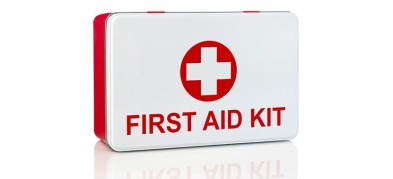Practical Tips for Managing Rheumatoid Arthritis.
What is arthritis?
There are two types of arthritis — osteoarthritis, which is more common and usually age-related, and rheumatoid arthritis which can affect people of any age.
Osteoarthritis is often called as the “wear and tear” arthritis. It is caused by the protective cartilage inside joints, which acts as a ‘shock absorber’, becoming damaged and wearing down. This causes swelling and pain, which is usually most severe when the joint is moved. It most commonly develops in the hands, neck, and in weight-bearing joints like the knees, hips and feet.
Rheumatoid arthritis (RA) on the other hand, is an auto-immune condition in which the immune system starts to attack the joints of the body. Although it is far less common, RA can affect anyone, including the young. RA causes prolonged pain in the joints, including swelling and stiffness. It usually affects the small joints of the fingers and toes, the wrists, elbows, shoulders and knees and the neck and jaw.
Here’s what can help winter arthritis pain:
- Maintain a healthy weight
If you are obese, and therefore carrying extra weight, that puts extra strain on the joints and can exacerbate osteoarthritis. There is a strong evidence that losing weight can improve your physical function and this applies to those with osteoarthritis. Losing just 10% of your weight — if you are overweight or obese — can lead to significant improvement in symptoms of osteoporosis and pain relief.
- Find ways to warm up
Use an electric heating pad, hot water bag or an electric blanket to keep yourself warm while resting or sleeping. Heating pads can be more useful for localized areas where joints have become stiff and painful from the cold weather.
- Supplement Vitamin D
Low levels of vitamin D may play a role in how sensitive you are to arthritis pain. Vitamin D deficiency also raises the risk for osteoporosis. Talk to your doctor about the best supplement options available for you.
- Increase intake of omega-3 fatty acids
Omega-3 fatty acids are highly beneficial in reducing the inflammation of your joints. Include flaxseeds, walnuts, avocado and fish in your diet.
- Opt for indoor exercise
While it’s understandable to want to avoid winter chill, people with joint pain should still stay active. Exercise indoors to improve the symptoms like joint stiffness and muscle weakness.
- Make sure to stay hydrated
Staying hydrated helps keep you more active. Even mild dehydration might make you more sensitive to pain.
- Bundle up to avoid getting cold
If the cold triggers your symptoms, this is the most important tip. Rather than finding ways to warm yourself when you’re already cold, look for ways to prevent getting cold in the first place. Dress up warmly by layering of clothes. Focus on mainly keeping the areas of your body warm that experience most pain e.g. hands, knees and legs.











